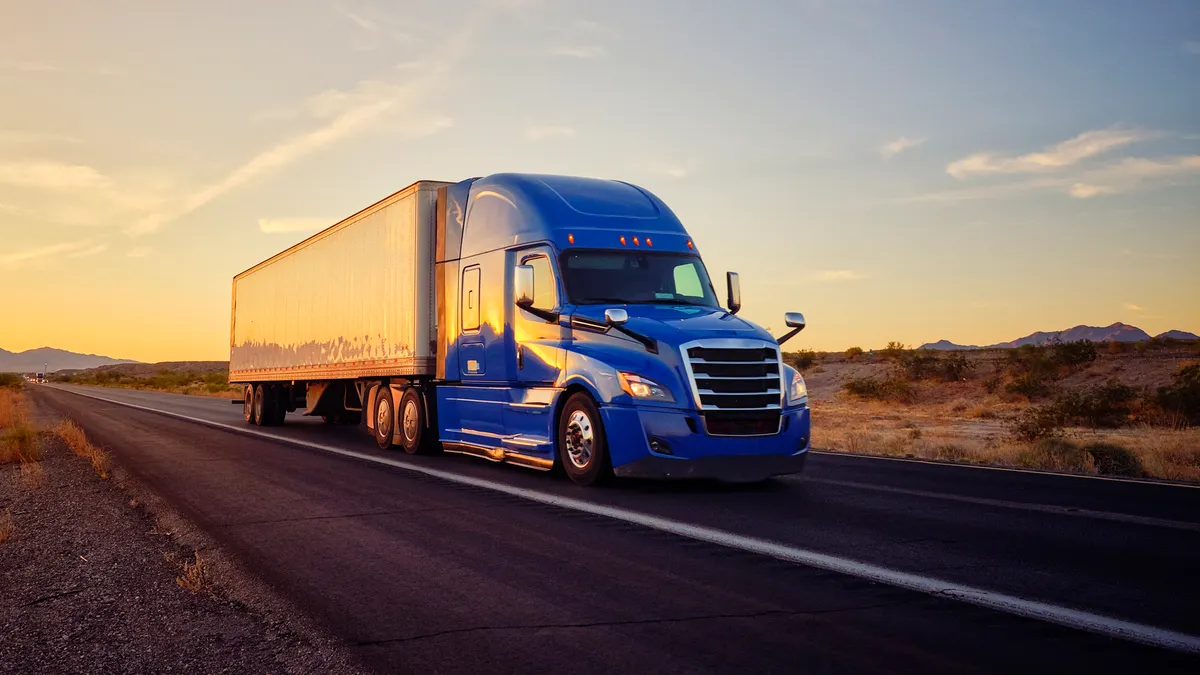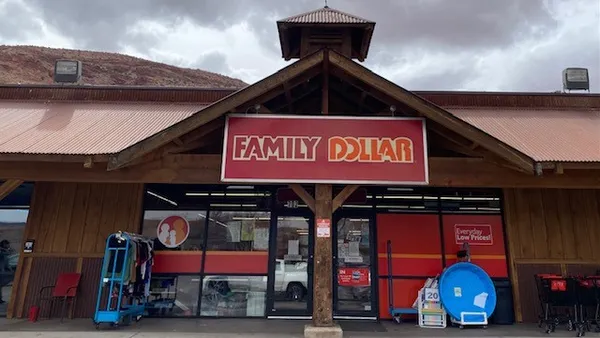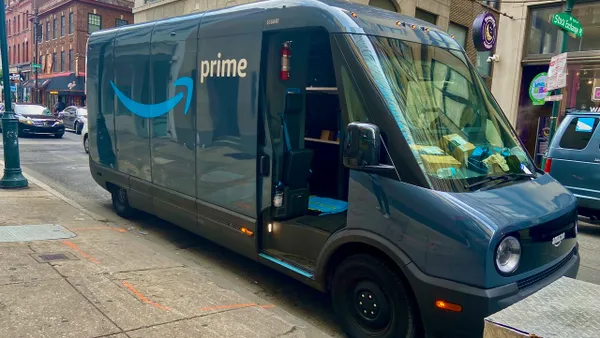As cargo thieves become increasingly sophisticated, partners in the supply chain must find better ways to improve security. Bad actors have leveled up their game, using tools like GPS spoofers and drones to steal trailers, and artificial intelligence (AI) chatbots and other easily accessible tools make it easier to pose as carriers or brokers. The best way the industry can fight back is by working together to create a safer and more secure freight sector for everyone.
To this end, shippers and their service providers need to identify and implement tools that can help spot trouble before it happens. This also means that each stakeholder in the cargo journey must learn to break down silos and foster a spirit of collaboration as all parties work together to address these issues.
“As AI and logistics technology evolve, so do the capabilities of bad actors — making it critical for companies to implement smarter tracking and verification systems to stay ahead,” said Jordan Strawn, Senior Vice President of Brokerage and Werner PowerLinkSM at Werner.
Carriers are using technology, like new AI tools, driver training and corporate policies, to help safeguard valuable shipments and reduce disruption across the supply chain. When shippers partner with these forward-thinking carriers, they not only benefit from those technologies but also learn the lessons needed to better secure high-value shipments.
Cargo theft on the rise
Over 65,000 cargo theft incidents were reported in 2024, and the average value per theft exceeded $200,000. Primary targets included food and beverage, electronics and apparel — all goods with a high resale value that are difficult to trace.
Additionally, thieves don’t always stop with stealing physical goods. They also use fraud schemes to impersonate reputable companies to set up fraudulent payments. In addition to payment fraud and load interception, other common types of attacks include identity theft, double brokering and cyber fraud.
The digital freight landscape creates convenience but also widens the surface area for fraud. Shippers often rely on third-party brokers or spot market carriers, sometimes with little direct interaction. Fewer direct relationships mean there’s more anonymity, which allows for fraud.
“Thieves are becoming increasingly sophisticated and strategic,” said Strawn. “Supply chain partners must think strategically as well. Cooperation and communication between shippers and logistics providers are key to reducing the risk of cargo loss.”
Protecting freight through shared learning and collaboration
Today’s threat environment requires a synergistic security approach among cargo owners, brokers and haulers that begins with prevention, spans real-time monitoring and supports rapid response and recovery.
To secure each load, shippers should focus on ensuring they have end-to-end processes in place to mitigate the risk of fraud and cargo loss at each stage of the cargo journey, including:
- Taking a strategic approach. Security starts well before cargo is loaded on the trailer. Before booking any load — especially in high-value or high-risk sectors like beverages or tech — verify all documents, DOT and MC numbers and performance profiles to stop fraud at the source.
- Vetting carriers and brokers. Vetting goes far beyond looking at safety scores—it requires understanding the full picture of a carrier’s digital footprint, and Werner uses platforms that vet carriers based on behavior, fraud signals, and peer performance.
- Engaging only with logistics providers that have a comprehensive cargo security platform. A robust platform will identify the carrier’s standing with the FMCSA, insurance status and pinpoint potentially fraudulent activities.
“By combining these layers with comprehensive driver education and continuous risk monitoring, Werner has developed a replicable, tech-enabled process that scales across third-party capacity and proprietary assets alike,” Strawn said. “It’s not just about seeing the truck — it’s about knowing who’s behind it.”
What a collaborative partner looks like
When vetting potential partners, shippers should ensure that their carriers are investing to enhance their security posture. For example, Werner has developed a multi-layered security ecosystem built on advanced AI tools, internal training and third-party partnerships.
Werner’s use of AI helps proactively flag high-risk movements and carriers through geofencing, behavioral analytics and profile-based tracking. The company also uses image recognition and AI to match trailer numbers, truck models and other identifiers to known data, allowing teams to search and verify specific units instantly. These systems replicate a finite process that can be scaled across the business, helping to prevent theft before it happens — and respond rapidly when it does. AI tools also analyze FMCSA data, insurance history and login behavior to detect anomalies such as overseas access attempts or fake insurance filings.
While technology increasingly helps carriers and logistics providers combat fraud and theft, well-trained drivers remain the first line of defense. Drivers must be trained to follow strict protocols such as validating identities at pickup, inspecting paperwork, remaining alert at fuel stops and securing equipment during rest breaks. Even something as simple as posting a selfie on social media could alert thieves to a potential target.
AI-driven alerts and mobile tools can help drivers stay informed about high-risk zones or suspicious activity. Creating a culture of security awareness means coupling human training with tech-enabled support, ensuring that drivers not only know what to watch for but also have backup from advanced systems watching with them.
Ultimately, the fight against cargo theft relies heavily on real-time data sharing and collaboration between stakeholders, backed by AI-powered risk detection. Logistics providers, shippers and law enforcement are no longer operating in silos — they're sharing critical information on threat intelligence, IP logs, and carrier behavior. Timely communication and collaboration between shippers and carriers enhances the odds of recovering stolen loads — and the odds of keeping them from getting stolen in the first place.
“Werner’s security posture utilizes technology, training and best practices to address cargo security and recovery, based on developing shared insights that help prevent fraud before it occurs, and create faster recovery when it does,” said Strawn.










